(Above) From left, Mjr Don Feltham, Mjr Herbert Sharp, Karen Livick, Lt Stefan Reid, Debbie Clarke, Earl Tucker, Carolynn Barkhouse, Cpt Nyree Bond, Mjr Roxzena Hayden, Linda Leigh, Mjr Terry Feltham and Lt Mark Young support relief efforts in Florida (Photos: Linda Leigh)
On October 10, 2018, hurricane Michael, one of the most powerful storms to ever make landfall in the United States, ripped through the Florida Panhandle. A violent Category 4 storm, Michael pounded Panama City, Fla., and surrounding areas. The eye was 105 kilometres wide, winds were at 225 km/h and 1,000 tornadoes peeled back the landscape of what was once known as the Emerald Coast. The result was utter devastation and an estimated loss of $414 billion. It could take 15 years for the area to return to “normal.”
“So many lives have been changed forever,” says Florida Governor Rick Scott. “So many families have lost everything. This hurricane was an absolute monster.”
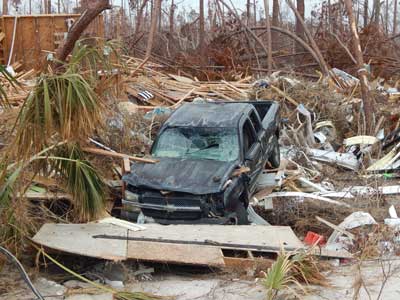 Damage from hurricane Michael is estimated at $414 billion
Damage from hurricane Michael is estimated at $414 billion
Three weeks after Michael ripped through the Florida Panhandle, I was deployed for 14 days to Panama City with a 12-member incident management team from the Canada and Bermuda Territory’s emergency disaster services. While residents coped with destruction and devastation, we oversaw operations, communicated with media outlets and ensured the delivery of hot meals, cleaning supplies, hygiene kits, tarps, and emotional and spiritual care. At the height of deployment, 20 canteens were feeding 12,000 people a day.
Perseverance
As our team’s public information officer, my role was to communicate to the public and to The Salvation Army about the state of operations and how we were supporting those affected by the storm. As I travelled to canteen locations that were serving hot meals, delivered backpacks to children and teachers at a local school, and made home visits to check on peoples’ well-being, I heard frightening stories of riding out the storm, saw so much of what people had lost, and watched in awe as they persevered in the midst of immense destruction. But even in the midst of their pain and extreme heartache, their warmth, resilience and positivity was incredible. They had lost homes, livelihoods and their lives were literally turned upside down, yet they greeted me with friendly smiles and grateful words.
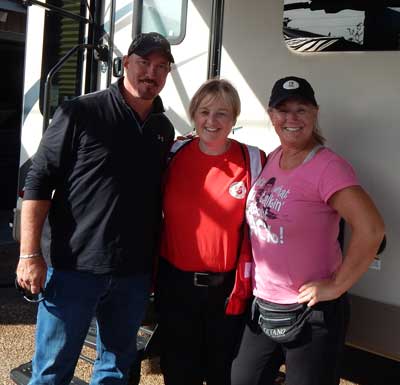 Linda Leigh (centre) shares a moment with hurricane victims Rick and Sherri
Linda Leigh (centre) shares a moment with hurricane victims Rick and Sherri
“When the eye of the storm came through, I held tight to my husband in a hallway,” explains Sherri as she tells me about her experience with Michael. “We felt the walls of our home breathe like lungs. A 6,000-pound maple tree crashed down on the side of our house. We were trapped in our collapsing home and convinced we wouldn’t get out alive.” Sherri and her husband, Rick, are now living in their camper in the driveway in front of their destroyed home.
A Tiny Light
“What can we do?” asked Lieutenant Stefan Reid, corps officer at Vernon Community Church in the British Columbia Division and our team’s planning chief, when he stumbled upon a little white church that was only half standing. “We need food. I can’t keep going,” replied Karen, the pastor’s wife. In the three weeks since the hurricane, she and her husband, Eddie, and two volunteers, had been serving 100 people a day out of four crockpots.
“There were tarps over the building and no electricity,” Lieutenant Reid explains. “In the back of the fellowship hall, with insulation falling and wires exposed, people affected by the hurricane were getting non-perishables, simple supplies, bedding, clothing and blankets.”
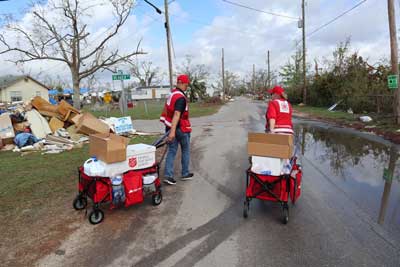 Members of the emotional and spiritual care team head out to assist those affected by the storm
Members of the emotional and spiritual care team head out to assist those affected by the storm
While our team was initially overwhelmed by the extent of destruction and the demand for services, it was a privilege to bring relief and a glimmer of hope to those we were called to serve.
“We all wanted to stay and keep giving until we couldn’t give any more,” concludes Lieutenant Reid. “The Salvation Army was a tiny light in the midst of the storm.”
Linda Leigh is the staff writer in the territorial public relations and development department.
Team Members:
Carolynn Barkhouse, Alberta and Northern Territories Division
Captain Nyree Bond, Ontario Great Lakes Division
Debbie Clarke, Prairie Division
Major Don Feltham, Ontario Great Lakes Division
Major Terry Feltham, Newfoundland and Labrador Division
Major Roxzena Hayden, Ontario Great Lakes Division
Linda Leigh, Canada and Bermuda Territorial Headquarters
Karen Livick, Alberta and Northern Territories Division
Lieutenant Stefan Reid, British Columbia Division
Major Herbert Sharp, Ontario Central-East Division
Earl Tucker, Newfoundland and Labrador Division
Lieutenant Mark Young, Prairie Division




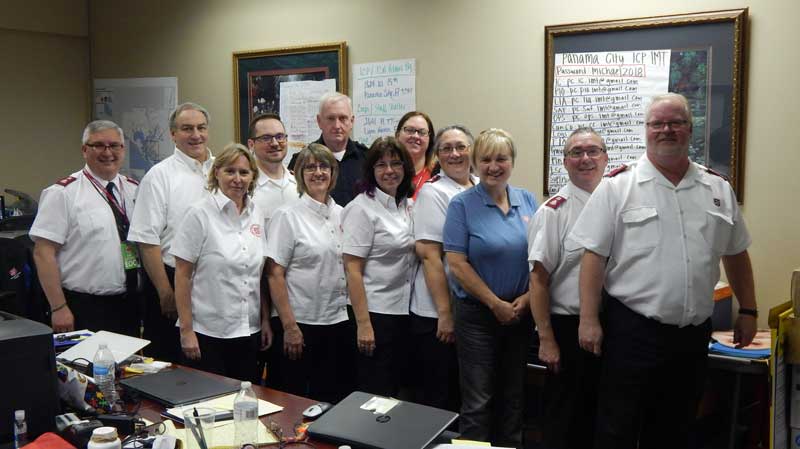

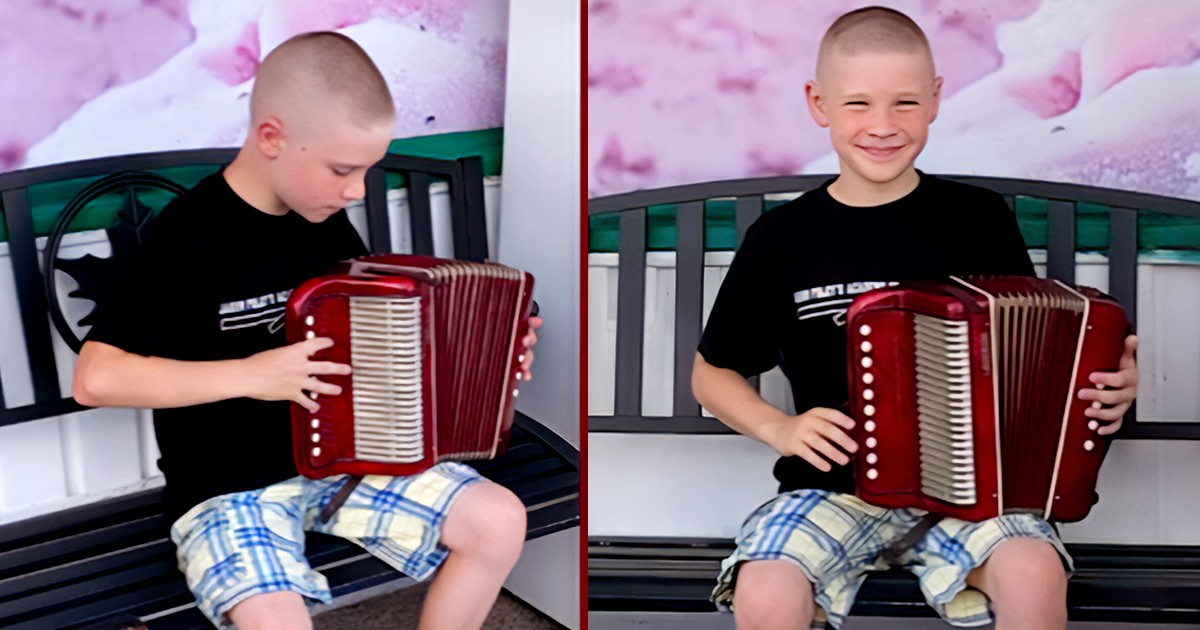
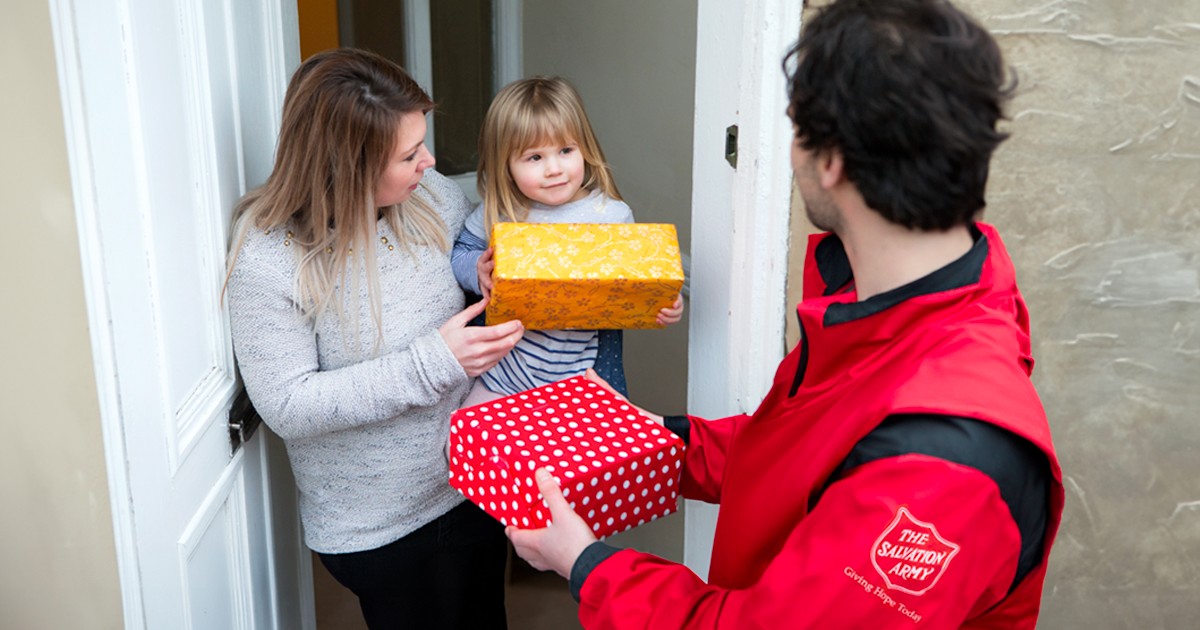


Comment
On Tuesday, December 4, 2018, John McEwan said:
Leave a Comment